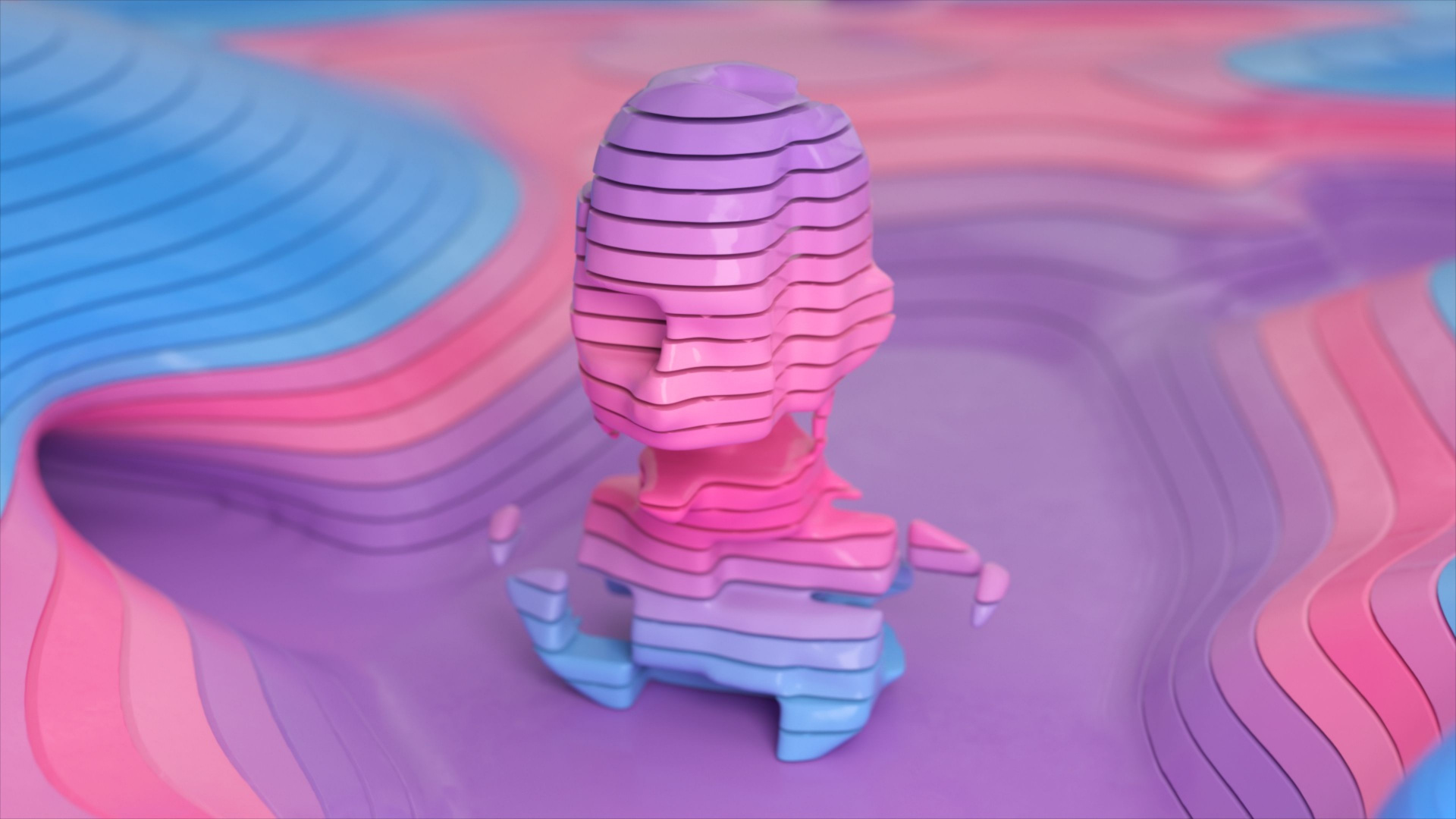Will Neural Networks Replace Designers?

The popularity of neural networks is growing every day, and they are being used in various fields, including design. Therefore, there’s a prevailing opinion that neural networks will soon replace designers, meaning specialists in this field may become obsolete.
Why Is Everyone Concerned About the Development of Neural Networks?
The list of AI capabilities is rapidly expanding, and limitations are gradually being lifted. Talks about events depicted in sci-fi movies about a tragic future where humanity loses the battle with AI are becoming our reality are heard more often. Particularly alarmed are professionals whose functions could easily be replaced by neural networks. Will neural networks supplant designers? Will people in this profession have to look for new avenues? Let’s delve into this issue.
In What Ways do Neural Networks Surpass Humans?
The advantages of neural models for solving a variety of tasks are evident. Above all:
- High speed. AI effectively processes large volumes of data, which allows for the swift completion of routine tasks. Work that would take a human a full day to perform can be completed by a neural network in seconds. This quality is especially in demand in fields where speed matters, such as in advertising or in developing furniture design and creating interiors.
- Predictability. It operates according to certain algorithms, so it generates predictable results. Working with AI eliminates the “human factor.”
- Ability to learn quickly. While it takes years to train a human, neural networks learn much faster.
And the main advantage of neural networks, which suggests that they will eventually displace designers, is that it’s cheaper to work with them rather than maintain a full staff of employees and pay them salaries.
Why Are Designers So Worried About AI Development?
In 2022, an image created by a neural network took first place in a contest of paintings by artists. In 2023, technologies allowed for the creation of an illustration so realistic that it managed to win a photography contest.
For example, the Midjourney neural network can create paintings that are extremely difficult to distinguish from a work painted by an artist. Another option is DALL-E, capable of generating pictures from text requests.
It’s these kinds of developments that cause concern among creative people, making them worry about whether neural networks will replace graphic designers and if they will have to change their profession. It should be noted that such concerns have a real basis:
- Fear of becoming redundant. Previously, users had to contact designers to develop a website design or brand logo. But with the advent of artificial intelligence technologies, anyone can create the necessary project on their own, without help from professionals.
- Depreciation of labor value. Not every client will want to pay a designer an impressive fee when a project can be created independently by paying for a subscription that costs much less. As a result, designers are forced to either reduce their rates or stay out of work.
- Competition. Learning to work with neural networks is much easier than becoming an artist. To solve the former, talent is not required, just basic skills working on a smartphone or laptop. The emergence of a large number of people who can create beautiful designs will lead to increased competition, which in turn will affect wage levels.
Thus, pondering the question of whether neural networks will replace designers is indeed relevant. If one understands the nature of the threat, it’ll be easier to find a way out and remain victorious in any situation.
What Should Designers Do?
Firstly, accept that new technologies will regularly emerge, and one must adapt and use new tools in their work. Secondly, if there’s a desire to stay in the profession, one must strive for continuous improvement and development of creative potential.
Should We Be Afraid?
Artificial intelligence, though capable of learning, is still a program. Art, on the other hand, is creativity, idea, and aspiration. No algorithm can replace creative thinking in painting or composing music. Undoubtedly, neural networks create beautiful images, but they are still made according to a template and are quite predictable. Humans, however, are not bound by constraints; their imagination and creative potential are limitless.
So, why won’t neural networks replace designers? There are many things only a human can do, including:
- Creative thinking is inherent to humans; AI operates based on received data and can’t create something new from scratch. Humans, however, have a unique ability to conjure new, yet-to-be-used design concepts.
- Understanding appropriateness. Users who need design services are people, not machines, and only a human can take into account all the needs and preferences of a client while working on a project, including cultural, religious, social, and other individual requests.
- Adaptability. Certainly, neural networks can learn, but most services available to users have a limited data volume. Designers can adapt more quickly to an evolving world and offer relevant solutions.
- Communication. A designer can more easily ascertain what exactly a client wants to achieve. Neural models require a clear task, which not everyone can set. Often, clients themselves have a vague idea of what they want, and vague requests like “I want something unique” don’t work with AI.
In conclusion, neural networks are undoubtedly a powerful tool that will be widely used in various areas of life. However, AI is more suited for routine tasks; in the realm of creativity, it cannot yet compete with humans. At least for now.

